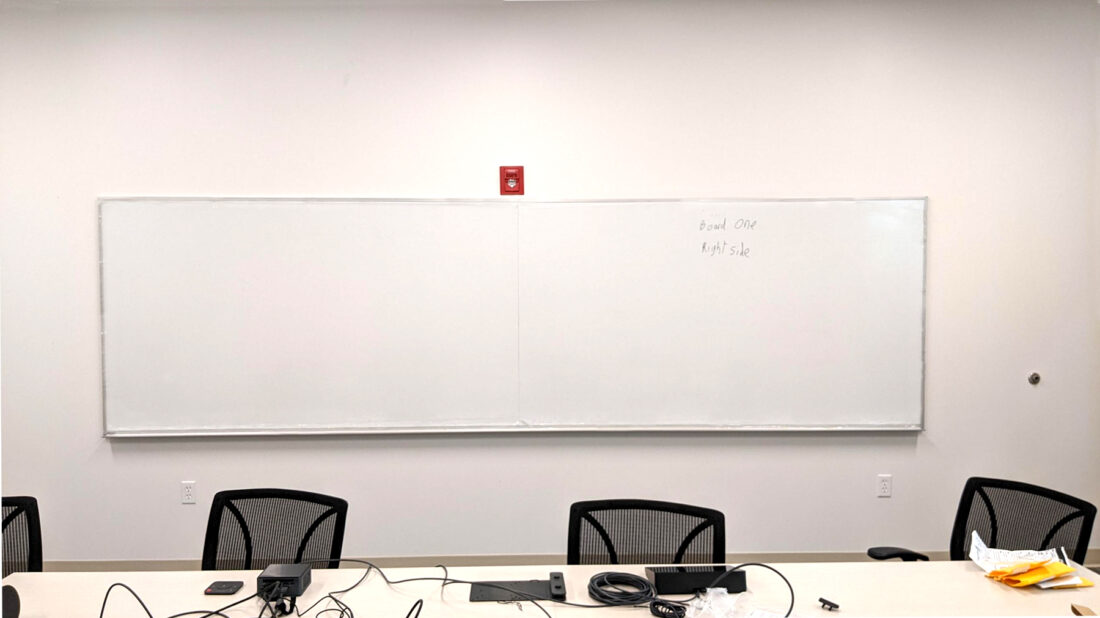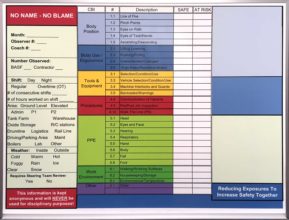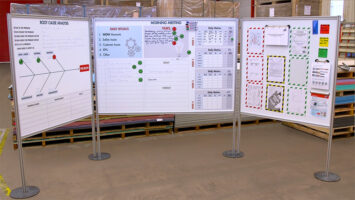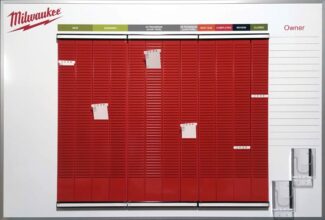Whiteboards have long been a staple in classrooms, conference rooms, and offices, but their versatility extends far beyond traditional settings. With the rise of remote work and collaborative environments, the humble whiteboard has evolved into a dynamic tool for fostering creativity, communication, and productivity. Now, with innovations in design and technology, whiteboards are breaking free from their frames and covering entire walls, transforming spaces into interactive hubs for idea generation and collaboration.
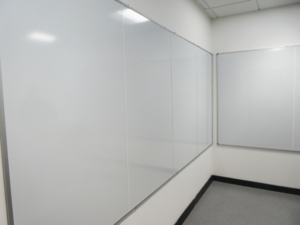
The transition from standalone boards to wall-covering installations offers numerous advantages. Firstly, it provides ample space for brainstorming sessions, allowing teams to visualize ideas, sketch out plans, and map out strategies on a much larger scale. This expansive canvas encourages thinking outside the box and facilitates the exploration of complex concepts.
Moreover, wall-sized whiteboards promote inclusivity and participation by allowing multiple individuals to contribute simultaneously. Whether in a physical meeting room or a virtual workspace, everyone can engage in the collaborative process, fostering a sense of unity and teamwork.
Furthermore, whiteboard walls enhance flexibility and adaptability in dynamic environments. They can easily accommodate changes and updates, whether it’s erasing outdated information or adding new insights on the fly. This agility is particularly valuable in fast-paced industries where innovation and iteration are paramount.
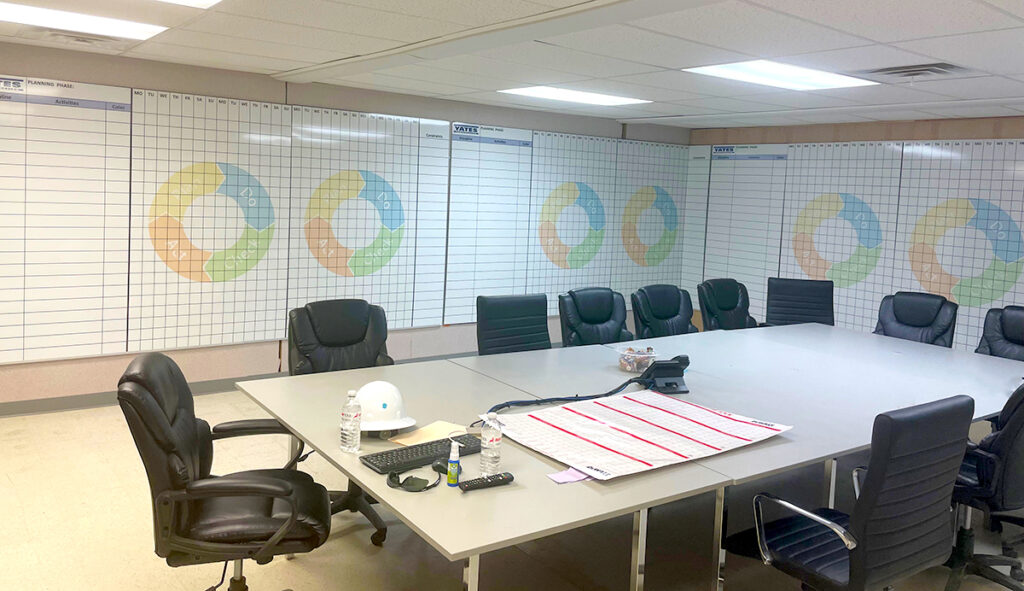
Additionally, the integration of digital technology has elevated the capabilities of whiteboard walls even further. Interactive whiteboard surfaces equipped with touch-sensitive sensors enable seamless integration with digital devices, facilitating real-time annotation, remote collaboration, and multimedia presentations. These smart whiteboards bridge the gap between physical and virtual collaboration, enabling teams to work together regardless of their location.
Beyond the corporate world, whiteboard walls are also revolutionizing education and creative industries. In classrooms, they provide an interactive platform for student engagement, fostering active learning and encouraging participation. Artists and designers utilize whiteboard walls as giant sketchpads, allowing them to visualize concepts and experiment with ideas in a fluid and spontaneous manner. In conclusion, the whiteboard covering wall represents a powerful tool for unlocking creativity, enhancing communication, and driving productivity across various domains. Its ability to facilitate collaboration, adapt to changing needs, and integrate with digital technologies makes it an invaluable asset in the modern workplace and beyond. As we continue to embrace new ways of working and learning, the whiteboard wall stands as a symbol of innovation and collaboration in the digital age.

